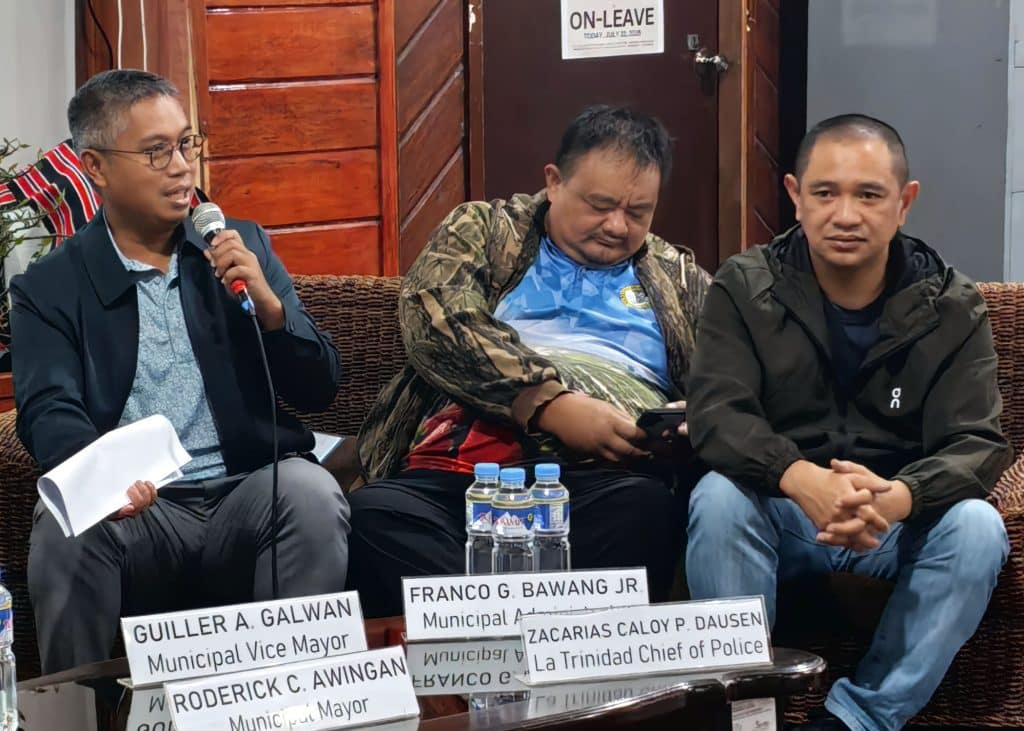In order to prevent further flooding in La Trinidad particularly during the rainy season, Mayor Roderick Awingan is keen on reviewing the town’s flood control system.
Awingan, who assumed office last July 1, said the town might be lacking of drainage system during the onslaught of Typhoon Emong and the continuous rains brought about by the southwest monsoon.
“The flooding has been challenging to us,” Awingan said during his first ‘Meet the Press’ forum Thursday afternoon.
“We need to review all plans on the town’s drainage for us to carve a long term plan,” added the mayor.
Awingan said these will be coordinated with the several national and local government agencies including the Department of Public Works and Highways.
The Benguet State University station of the Philippine Atmospheric, Geophysical and Astronomical Services Administration (PAGASA) in La Trinidad registered 1,371.8 mm during the torrential rains.
Prior to the rainy season, several flood control projects were already constructed in Benguet’s capital town to mitigate the impact of high water levels along the Balili River.
One of the major project in the town include the 712-meter revetment wall, a 266-meter stone masonry structure, and a 54-meter rubble concrete gravity wall along the Ballili River in Tabangaoen funded under the 2024 General Appropriations Act and implemented by the DPWH-Benguet 1st District Engineering Office.
The project aims to protect agricultural areas and vital infrastructure from flood damage.
Other flood control initiatives include the construction of flood control structures at Upper Shamolog, Pico, and at Bolo Creek, Puguis.
La Trinidad was among the worst hit during Typhoon Emong damaging more than P17 million in agricultural products and more than 10M in infrastructure prompting the municipal council to declare the town under state of calamity earlier this week.
Awingan said the declaration is necessary for the town to respond quickly and use all necessary resources to help affected communities. Roderick Osis




